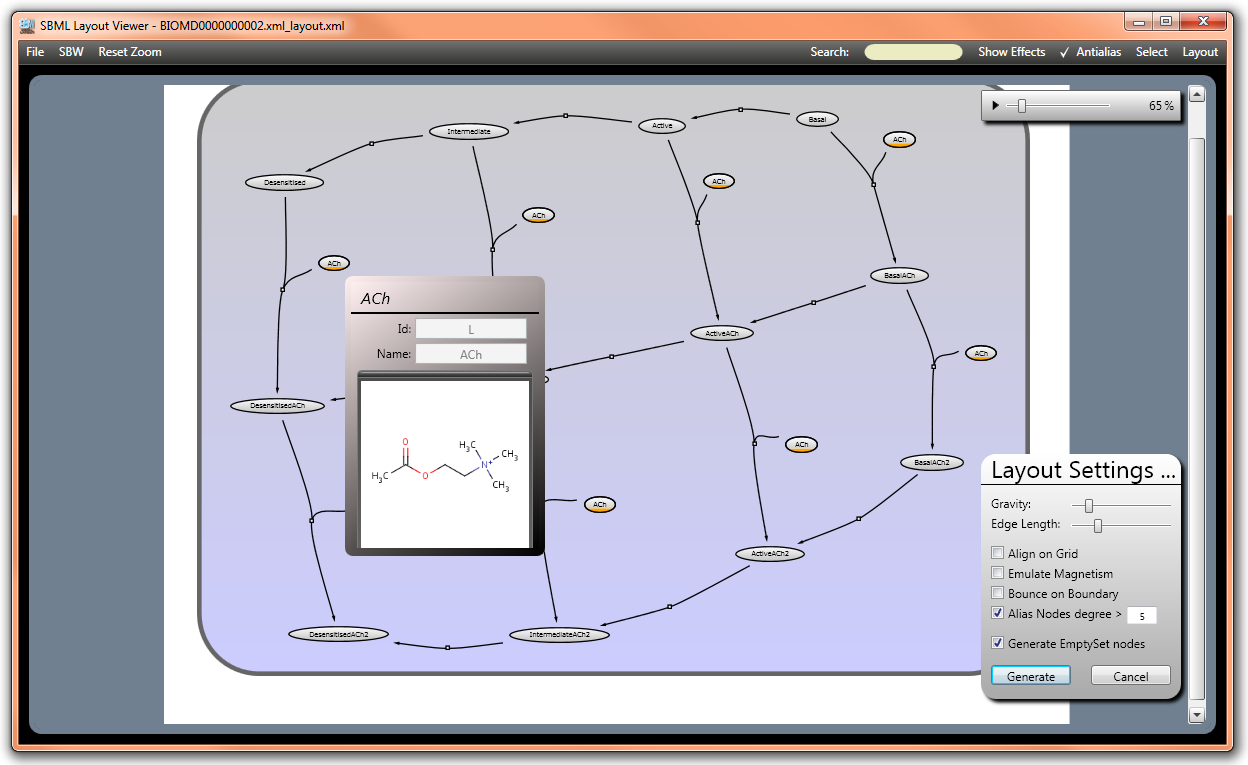How To Download Requests Python On Mac
The urllib2 module can be used to download data from the web (network resource access). This data can be a file, a website or whatever you want Python to download. The module supports HTTP, HTTPS, FTP and several other protocols.
How To Run Python On Mac
Pip is the easiest option, but that is not a Python command. Pip is an executable which you can find in Python installation directory Scripts. So to install requests, open Windows's Command Prompt (so not Python) and run: C: Python35 Scripts pip install requests (assuming C: Python35 is the Python installation directory). To download the setup file for python 3.6, go to python’s official website and click on Python 3.6.4 under Downloads in the menu bar. Download popcorn 2018 for mac. Or, you can directly click on the link below to download the setup file.
In this article you will learn how to download data from the web using Python.
Related courseDownload text
To download a plain text file use this code:
How To Use Python Mac
We get a response object using the urllib2.urlopen() method, where the parameter is the link. All of the file contents is received using the response.read() method call. After calling this, we have the file data in a Python variable of type string.
Download HTML
This will request the html code from a website. It will output everything to the screen.
Download file using Python
You can save the data to disk very easily after downloading the file:
The first part of the code downloads the file contents into the variable data:
The second part stores it into a file (this file does not need to have the same filename)
The ‘w’ parameter creates the file (or overwrites if it exists). You can read more about writing files here.
Related courseIntroduction¶
In Python 2.0, the distutils API was first added to the standard library.This provided Linux distro maintainers with a standard way of convertingPython projects into Linux distro packages, and system administrators with astandard way of installing them directly onto target systems.
In the many years since Python 2.0 was released, tightly coupling the buildsystem and package installer to the language runtime release cycle has turnedout to be problematic, and it is now recommended that projects use thepip package installer and the setuptools build system, rather thanusing distutils directly.
See Installing Python Modules and Distributing Python Modules for more details.
This legacy documentation is being retained only until we’re confident that thesetuptools documentation covers everything needed.

Distutils based source distributions¶
If you download a module source distribution, you can tell pretty quickly if itwas packaged and distributed in the standard way, i.e. using the Distutils.First, the distribution’s name and version number will be featured prominentlyin the name of the downloaded archive, e.g. foo-1.0.tar.gz orwidget-0.9.7.zip. Next, the archive will unpack into a similarly-nameddirectory: foo-1.0 or widget-0.9.7. Additionally, thedistribution will contain a setup script setup.py, and a file namedREADME.txt or possibly just README, which should explain thatbuilding and installing the module distribution is a simple matter of runningone command from a terminal:
For Windows, this command should be run from a command prompt window(Start ‣ Accessories):
If all these things are true, then you already know how to build and install themodules you’ve just downloaded: Run the command above. Unless you need toinstall things in a non-standard way or customize the build process, you don’treally need this manual. Or rather, the above command is everything you need toget out of this manual.
